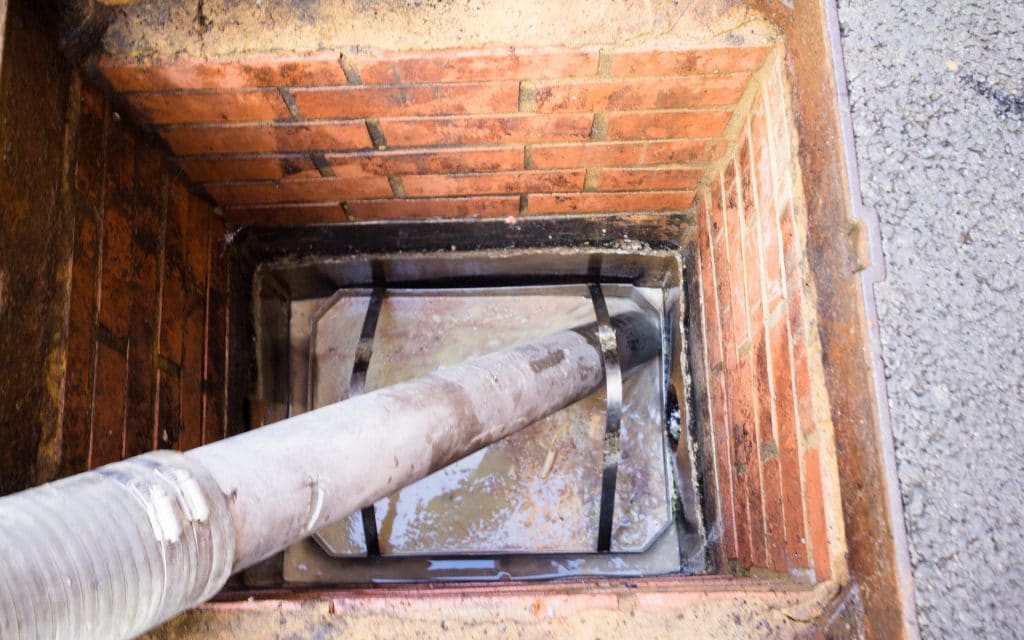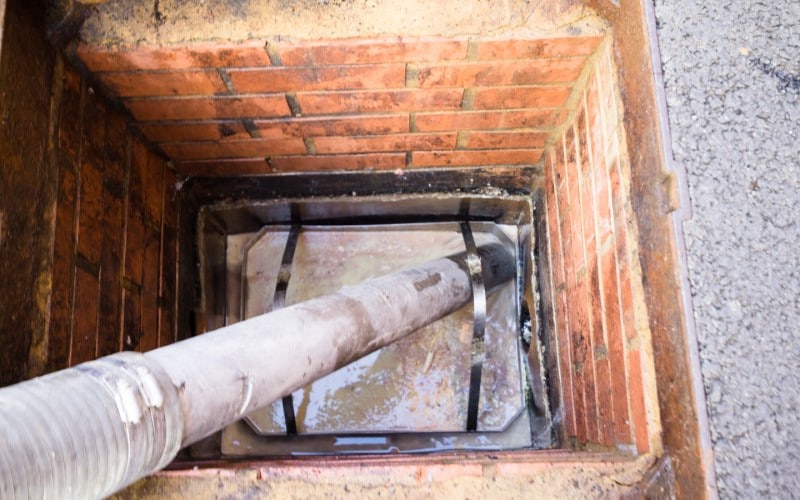
Because of today’s high level of health consciousness, hospitals are now in very high demand. They constantly have to use the surgery department and the cafeteria to make sure that the patients are well-taken care of. It may not be that obvious but hospitals are really major contributors to the FOG (fats, oils, grease) crisis because of their operations and food service. During surgery, various connective tissues and fats are removed from patients who need to get rid of them. The hospital kitchens endlessly produce FOG because of the food that they prepare. Both departments wash out all the FOG and dispose of them by dumping them in their drains. This then convinces the government that hospitals should definitely be included in the roster of establishments that should follow the grease or pretreatment ordinance.
The US government’s pretreatment ordinance mandates all hospitals to have a grease trap or grease interceptor installed within the facility. The grease trap should have an issued permit, should be inspected, and should be regularly maintained. The pump out schedule for small, indoor grease traps is monthly. For large grease traps, a quarterly pump out is a must. But hospitals prefer to pump out every week to make sure that they do not have FOG overflow anymore. If they do, they would have to face annoying lawsuits and pay large sums of money as penalty. It really can be disheartening for hospital administrators to do their best in hospital grease trap elimination but fail in accomplishing it because of factors like time and staff. A weekly pump out is a very expensive endeavor as well. If the grease trap installed is small, then it would be more practical to have a larger one instead.
FOG overflow happens because of either lack of maintenance of the use of enzymes and chemicals as cleaners. Both result to the entrance of the FOG into the sewer lines. The FOG cools down and solidifies in the pipes. They block the normal flow of wastewater so the untreated effluent backs up into the facility. Backing up of wastewater is not ideal for hospitals because this will compromise the asepsis and sterility in all areas. Contamination will most likely to be brought about. With this, medical results, operations, and treatments will be altered and will probably yield erroneous results.
Chemicals and enzymes only make things worse. They just make the FOG easier to mix in with the effluent. But many hospitals still use them because of the exaggerated promises of additive manufacturers. They hold on to those words but in the end, suffer from the consequences of false advertising. If hospital grease trap elimination is to be done properly and quickly, then bacteria should be utilized.
Bacteria are placed under the limelight lately for being very effective in eradicating grease from grease traps. Like any other living organism, bacteria consume whatever they can to survive and reproduce. FOG and solid wastes in grease traps are very sufficient in providing all the nutrients that they need. In the process of assimilating FOG and other contaminants, they convert the substances into less harmful forms. They are very safe to use as cleaners because they do not contaminate the environment.
Hospitals are supposed to be agents of wellness, health, and sanitation. As much as possible, these facilities should not experience FOG overflow at all t make sure that the patients and everyone who enters it will retain their present health status and not acquire illnesses at all.
